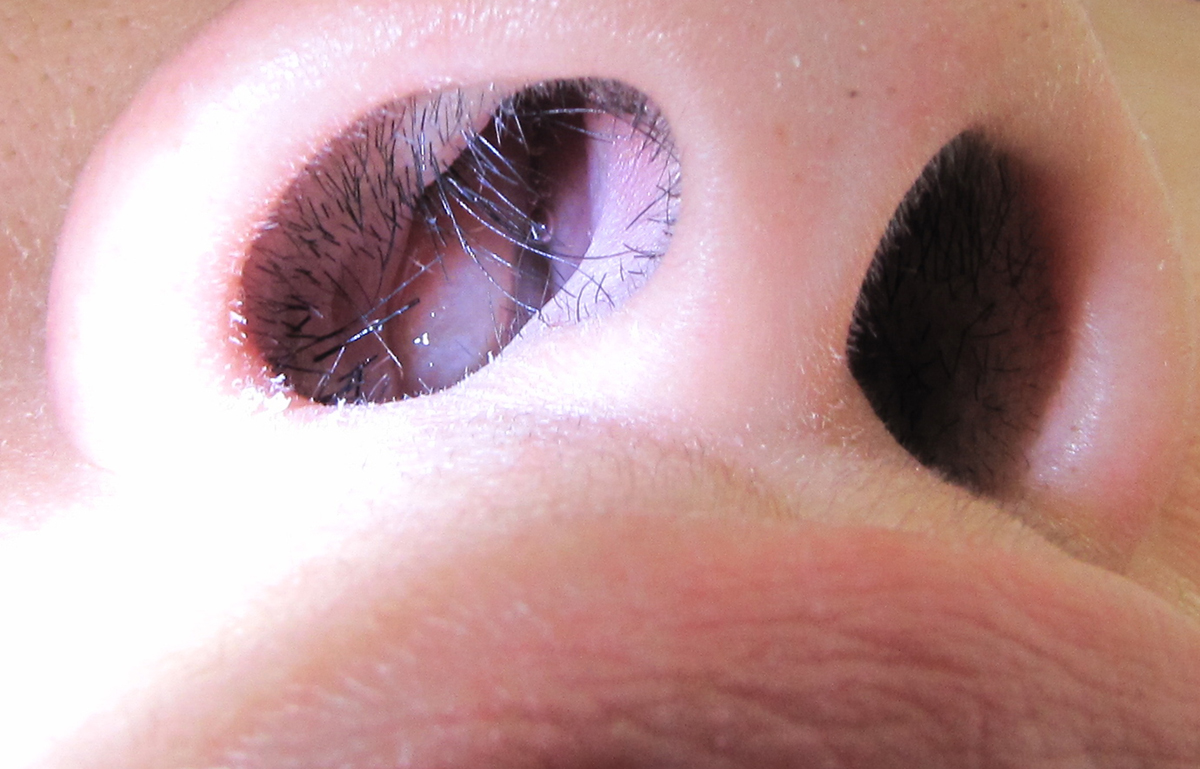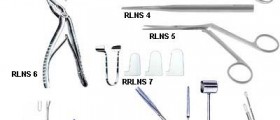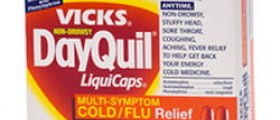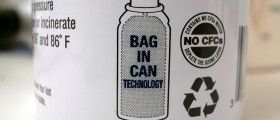
Introduction
Non cancerous growths on the lining of the nasal passages or sinuses are known as polyps. They are teardrop shaped and pose no problems if they are small. However, nasal passages can be blocked by larger polyps, which cause breathing difficulties, loss of sense of smell, sinus infections and similar complications. Polyps are more common in adults than in children, and people that suffer from asthma, allergies and frequent sinus infections are more prone to polyp development.
Polyp symptoms
Polyps and chronic inflammation of nasal passages go hand in hand. Larger polyps obstruct air passages. Combined, these could produce symptoms such as runny nose, lessened or completely lost sense of smell, lost sense of taste, snoring, headaches or pain in nasal region, itching around the eyes, or constantly blocked nose. Small polyps may produce no symptoms at all and frequently go unnoticed.
Causes
It is known that chronic inflammation of mucous membrane of nasal passages and sinuses (hollow cavities in frontal bone, connected with nasal passages) causes formation of polyps. However exact mechanism that leads to formation of polyps is still unknown. It is believed that the immune system also contributes to development of polyps. Polyps can appear anywhere in the nose and sinuses, but are typically located in the vicinity of sinus openings.
Treatment
Symptoms of polyps are similar to those of numerous other conditions, such as common cold. However, if symptoms persist for more than ten days or you are having severe breathing difficulties, see the doctor. Therapy aims at decrease of polyp size or their removal, and treatment of detected disorders that are known to trigger polyp development, such as allergies. If treatment by drugs fails to reduce the size of polyps, it is common course of action to undergo a surgery. There are two types of surgery for polyps.
One is used for complete removal of small or isolated polyps by means of small mechanical instrument that cuts soft tissues and extracts them. This procedure is known as polypectomy and the device used is called microdebrider.
Other form of surgery also removes polyps, but also attempts to correct problems with your sinuses that cause inflammations and lead to polyp development. Nasal pathways and sinus cavities are first examined by an endoscope, a tiny camera, and polyps and other detected obstructions are then removed by equally tiny instruments.
After the surgery, patients will probably be using some corticosteroid nasal spray to prevent recurrence of nasal polyps. Speedy healing can be promoted by rinsing with saltwater.

















Your thoughts on this
Loading...